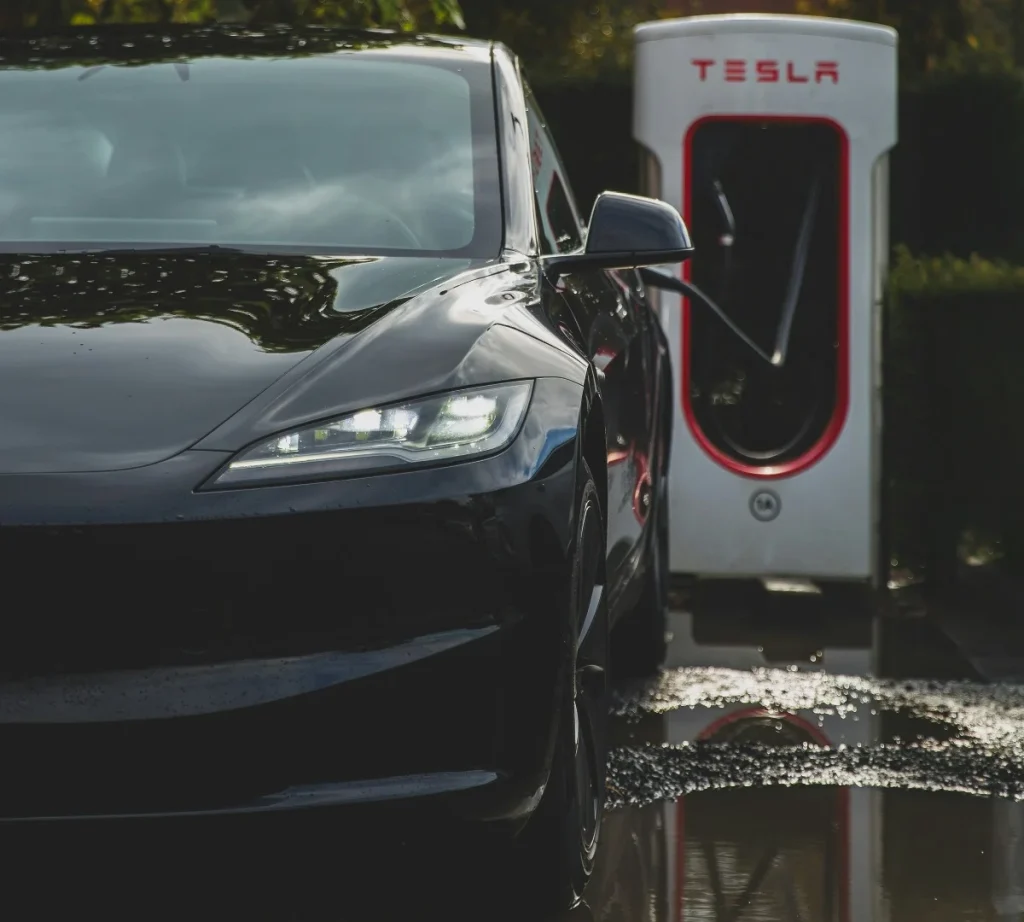The two new bits of hidden tech inside EVs that are making big improvements by helping them charge faster and run cooler
Published on Nov 22, 2025 at 5:30 AM (UTC+4)
by Henry Kelsall
Last updated on Nov 20, 2025 at 5:26 PM (UTC+4)
Edited by
Emma Matthews
Two new bits of hidden tech inside EVs are making massive improvements when it comes to faster charging and cooler running.
The charging times of EVs have often been a hot talking point, and keeping electric cars cool will be a massive help to their efficiency and how well they run.
Manufacturers are, however, making strides in both areas, and some neat hidden technology inside EVs is really helping in these areas.
They could herald massive changes for EV hardware, and it’s something that owners of electric cars will absolutely notice.
DISCOVER SBX CARS: The global premium car auction platform powered by Supercar Blondie
What is the hidden tech inside EVs?
The hidden tech that’s making waves right now is actually two things – and they’re both new chip materials.
These are silicon carbide and gallium nitride.
Silicon carbide brings several benefits, mainly that it can handle higher voltage without crumbling.
Gallium nitride, meanwhile, can help switch power faster while being more efficient.
While neither is visible to EV owners, they will provide some very tangible benefits.
Silicon carbide is an important component of the traction inverter on an EV.

An 800-volt inverter can help with efficiency, even as the heat begins to build up.
That then translates into better range on the highway, and cooler running on even the hottest of days.
When an electric car is plugged into a charger, it’s gallium nitride that is the star.
How gallium nitride helps with electric car charging
Gallium nitride helps to switch power so fast that the charger for an EV can be smaller and lighter.
Less energy is also wasted between the wall and the battery pack.
That makes for much more efficient charging and more efficient use of the power to recharge the car.
In practice, that means shorter plug-in times via the same outlet as with older EV tech.
Less heat will also go into the car.

Owners of electric cars will thus see faster charger times, and more charge going into their vehicles.
Less energy will be expended on the move, and with temperatures down, efficiency goes up even more.
An added benefit is quieter running, and the cooler temperatures also help with durability.
It might not sound that exciting, but these two materials provide a tangible benefit to owners of electric vehicles.
Henry is a content writer with nearly ten years experience, having written for various publications since 2017. Qualifying with a Sports Journalism degree from Staffordshire University, Henry loves all things automotive but has a particular soft spot for classic Japanese cars and anything Lancia. He also has a curious passion for steam locomotives.




